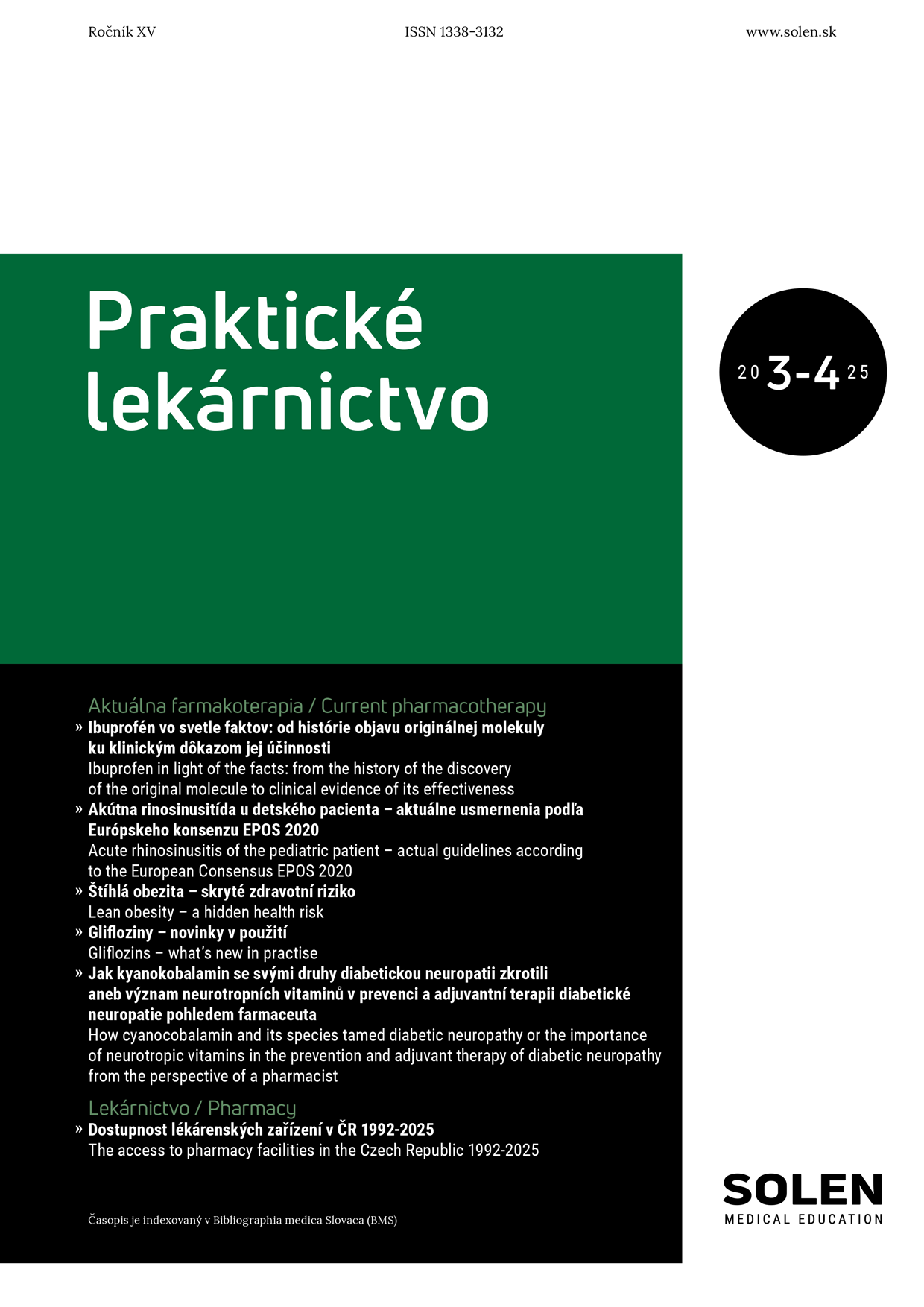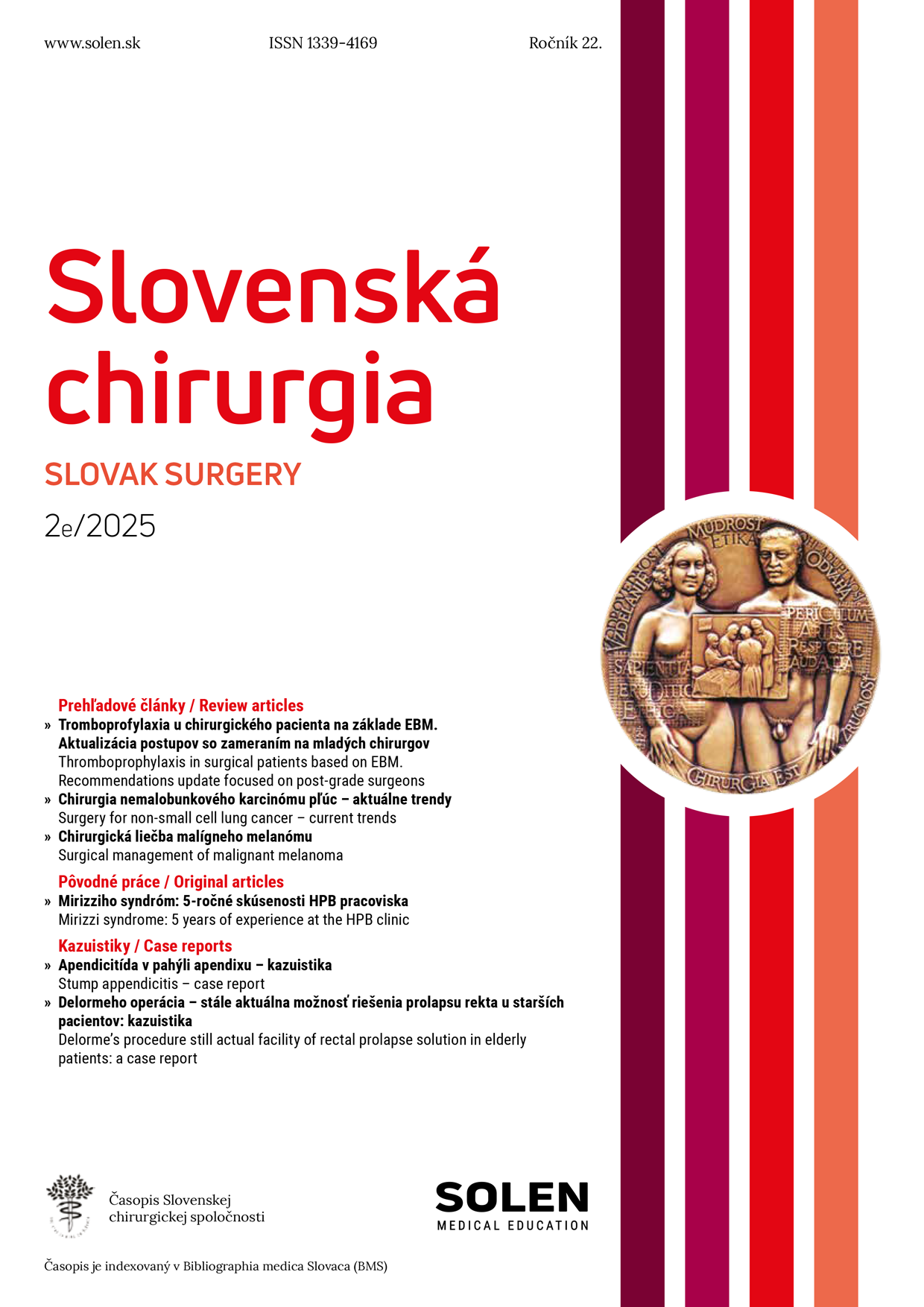Pediatria pre prax 1/2014
Practical recommendations for the treatment of hypertension in children
Hypertension (HT) in children and adolescents contributes to premature atherosclerosis and the development of cardiovascular disease in early adulthood. The prevalence of HT (> 95th percentile for blood pressure, age, height and gender) in the paediatric population in recent decades has increased significantly. According to the epidemiological studies prevalence of high blood pressure varies from 3 to 5% pediatric population, the secondary HT is more common in younger children, primary form HT is more prevalent in adolescents. The most common cause of secondary HT are renal disease (68%), endocrine a (11%) and renovascular causes (10%). Management of hypertension consists of non-pharmacological and pharmacological therapy. Non-pharmacological treatment includes a healthy lifestyle (weight loss in obese children, regular exercise, salt restricted diet, stop smoking and alcohol consumption). Pharmacological therapy offers a wide range of several groups of antihypertensives: 1) diuretics; 2) ACE-inhibitors (ACEI)) and angiotensin (II) blockers of (ARB); 3) calcium channel blockers and 4) beta blockers. The goal of treatment is to achieve a drop in blood pressure at least below 95. or 90. percentile resp. In children and adolescents with HT without damage of target organs (hypertrophy of the left ventricle, hypertensive retinopathy, encephalopathy, mikroalbuminuria) optimal blood pressure is less than 95 percentile for age, height and gender. If cardiovascular risks are present (obesity, diabetes mellitus, dyslipidémia) desired blood pressure is below 90 percentile. In children with chronic nephropathies even stronger blood pressure control is recommended. In kidney diseases without proteinuria it is desirable to reduce the blood pressure below the 75 percentile, if proteinuria is present a blood pressure even below the 50th percentile should be achieved. Effective management and optimal control of blood pressure can prevent and/or reduce the cardiovascular risk of hypertension in childhood.
Keywords: hypertension in children, non-pharmacological treatment of hypertension, pharmacological treatment of hypertension in children.

















